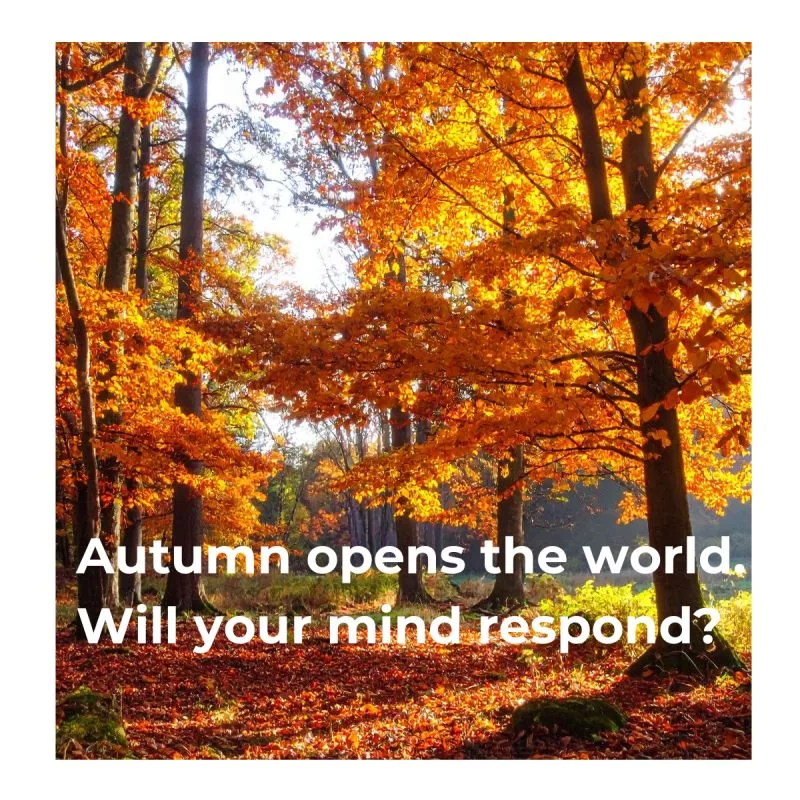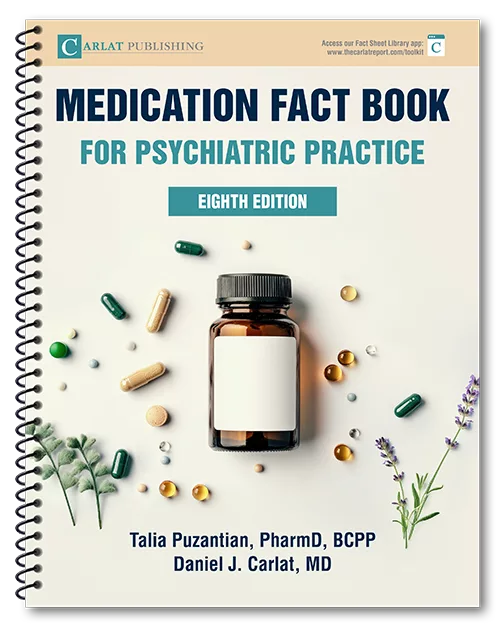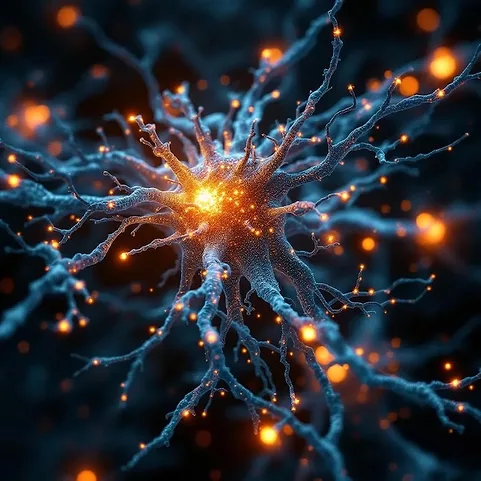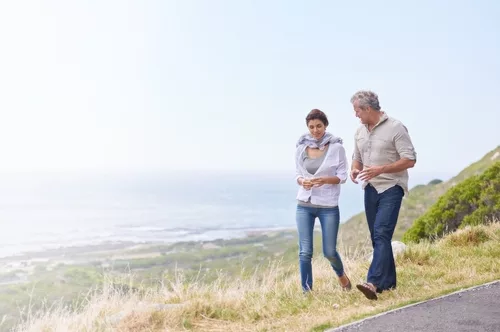He sat across from me, eyes alight.
“I don’t know what happened,” he said, “but yesterday I walked through the woods and looked at the autumn leaves—those reds and golds—and for forty minutes I was gone. My depression, my worry, everything just… faded. I felt awe. I haven’t felt that in years.”
That struck something in me. I’m a nature lover—I’ve felt that kind of awe myself. So I went down the rabbit hole of “awesome research.”
Awe isn’t just a nice feeling—it has physiological and psychiatric depth.
Turns out, awe reduces activity in the default mode network—the same circuitry that churns up rumination in depression.It softens the self.
It orients us outward.
It shifts physiology in subtle but measurable ways.
And it shows clinical promise.
▸ In one RCT, people with long COVID were guided to seek awe in daily life—nature walks, inspiring videos, reflection.
→ They saw a 17% drop in depressive symptoms and a 16% increase in well-being.
▸ In another trial, older adults took weekly 15-minute “awe walks.”
→ Over 8 weeks, they showed more prosocial emotion and less daily distress.
▸ In a ketamine study, the more awe participants felt during infusion, the more their mood improved over 30 days.
I started digging into how researchers actually induce awe—and what we, as clinicians, might recommend to patients.
Turns out, the methods are surprisingly simple:
▸ A 15-minute “awe walk” in nature, focusing on what feels vast, beautiful, or surprising
▸ Watching videos of space, oceans, or towering landscapes
▸ Looking at large-scale art or architecture—cathedrals, murals, anything that shifts your sense of scale
▸ Engaging in brief reflections: What’s something that made you feel small, connected, or moved beyond words?
Many readers will be familiar with shinrin-yoku, or Japanese forest bathing—a quiet immersion in natural surroundings as a form of mental reset.
That’s what the science is now circling back to: not elaborate tools, just mindful encounters with the world around us.
And this time of year—autumn—is arguably the most awe-inspiring season of all.
Even a 30-second pause to look at the sky can pull us out of the loop of inner focus. Awe might not be a luxury emotion. It might be part of how the mind heals.
Are you already recommending awe-based experiences in your clinical work?
What have your patients responded to?
▸ If this post opened something up for you, feel free to share it with a colleague.
▸ Follow me (Daniel Carlat, MD) for reflections on psychiatry, meaning, and practical healing.
Join the conversation on LinkedIn with Dr. Carlat.


_-The-Breakthrough-Antipsychotic-That-Could-Change-Everything.webp?t=1729528747)



